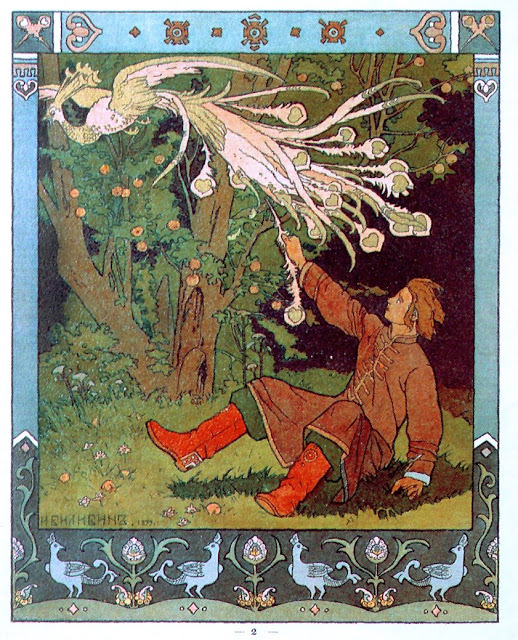The White Duck illustrated by Ivan Bilibin
The Russian folktale Белая уточка (The White Duck) also bears some resemblance to the story of Лебединое озеро (Swan Lake) ballet, and may have been another possible source. The contemporaries of Pyotr Ilyich Tchaikovsky recalled the composer taking great interest in the life story of Bavarian King Ludwig II, whose tragic life had supposedly been marked by the sign of Swan and who—either consciously or not—was chosen as the prototype of the dreamer Prince Siegfried.
 Audrey Hepburn received a Tony Award for her theatrical performance in the 1954 Broadway play Ondine, directed by Alfred Lunt
Audrey Hepburn received a Tony Award for her theatrical performance in the 1954 Broadway play Ondine, directed by Alfred Lunt
The original Swan Lake was based on the story of Ondine, a German myth with a theme common in Romanticism that was adapted by Hans Christian Andersen for his story The Little Mermaid.
In that German tale known as Sleep of Ondine, Ondine (from Latin: Unda, “a wave”) is a water nymph. She was very beautiful and, like all nymphs, immortal. However, should she fall in love with a mortal man and bear his child, she would lose her immortality.
 Undine beneath the waves of the Danube. Illustration by Arthur Rackham
Undine beneath the waves of the Danube. Illustration by Arthur Rackham
Ondine eventually falls in love with a handsome knight, Sir Lawrence, and they are married. When they exchange vows, Lawrence vows to forever love and be faithful to her. A year after their marriage, Ondine gives birth to his child. From that moment on she begins to age. As Ondine’s physical attractiveness diminishes, Lawrence loses interest in his wife.
One afternoon, Ondine is walking near the stables when she hears the familiar snoring of her husband. When she enters the stable, she sees Lawrence lying in the arms of another woman. Ondine points her finger at him, which he feels as if kicked, waking him up with surprise. Ondine curses him, stating, “You swore faithfulness to me with every waking breath, and I accepted your oath. So be it. As long as you are awake, you shall have your breath, but should you ever fall asleep, then that breath will be taken from you and you will die!
In Marcel Proust’s Remembrance of Past Things, Volume II: Madame Swann at Home, the narrator’s girlfriend Gilberte is referred to as Undine: “… she assumed that vague air, full of reticence and kept secrets…like the Undine that she was…”
And Genesis’ 1973 song Firth of Fifth (from the album Selling England by the Pound) makes reference to Ondinal Songs.






































 La Grande Odalisque, 1814, Jean AugusteDominique Ingres
La Grande Odalisque, 1814, Jean AugusteDominique Ingres

























